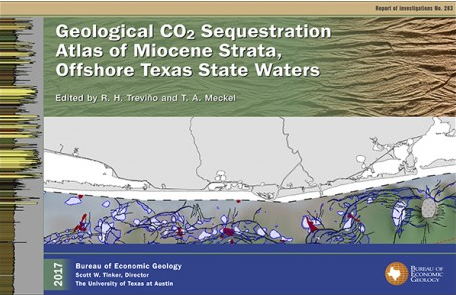Oriskany Formation, Appalachian Basin (13)
Western Pennsylvania, Eastern Ohio, and Eastern Kentucky
Comments on Geologic Parameters
13 Rock/Water Reaction:
Stow (1938) and Rosenfeld (1954) summarized the mineral composition of the Oriskany Sandstone. Stow (1938) emphasized the variability. However, petrographic analyses indicate that Oriskany is typically composed primarily of quartz (~85 percent), with 11 percent calcareous minerals and shell and about 4 percent (or less) plagioclase, orthoclase, and microcline. Heavy minerals typically compose 0.2 percent of samples analyzed (Stow, 1938, his table 1), but in one sample were 5 percent. The Oriskany is widely interpreted to be a transgressive sand composed of reworked sediments (Diecchio and others, 1984) and therefore tends not to contain high proportions of labile minerals. Hence, we conclude that, although the Oriskany may vary in mineral content, it is consistently low in labile minerals and therefore has a low potential for rock/water reaction under conditions of increased CO2. However, CaCO3 is a common to abundant component of the Oriskany interval.
13 Reference:
Diecchio, R. J., Jones, S. E., and Dennison, J. M., 1984, Oriskany Sandstone regional stratigraphic relationships and production trends: West Virginia Geological and Economic Survey Map WV-17, 8 plates.
Rosenfeld, M. A., 1954, Petrographic variation in the Oriskany Sandstone: American Association of Petroleum Geologists Bulletin, v. 65, p. 1298-1299.
Stow, M., 1938, Conditions of sedimentation and sources of the Oriskany Sandstone as indicated by petrology: American Association of Petroleum Geologists Bulletin, v. 2, p. 541-564.



